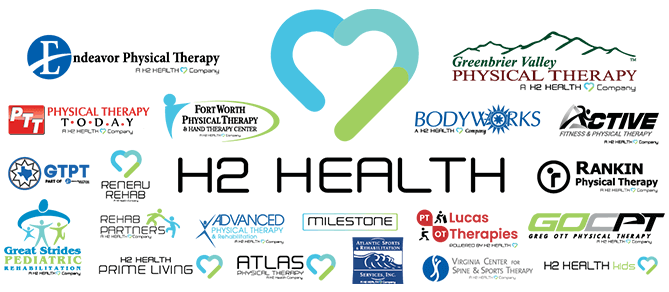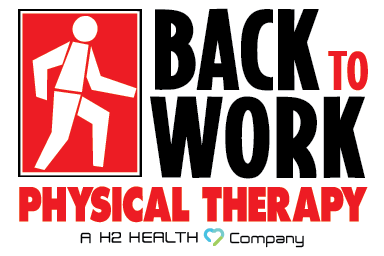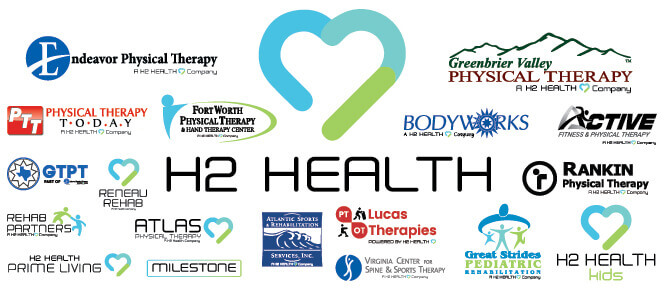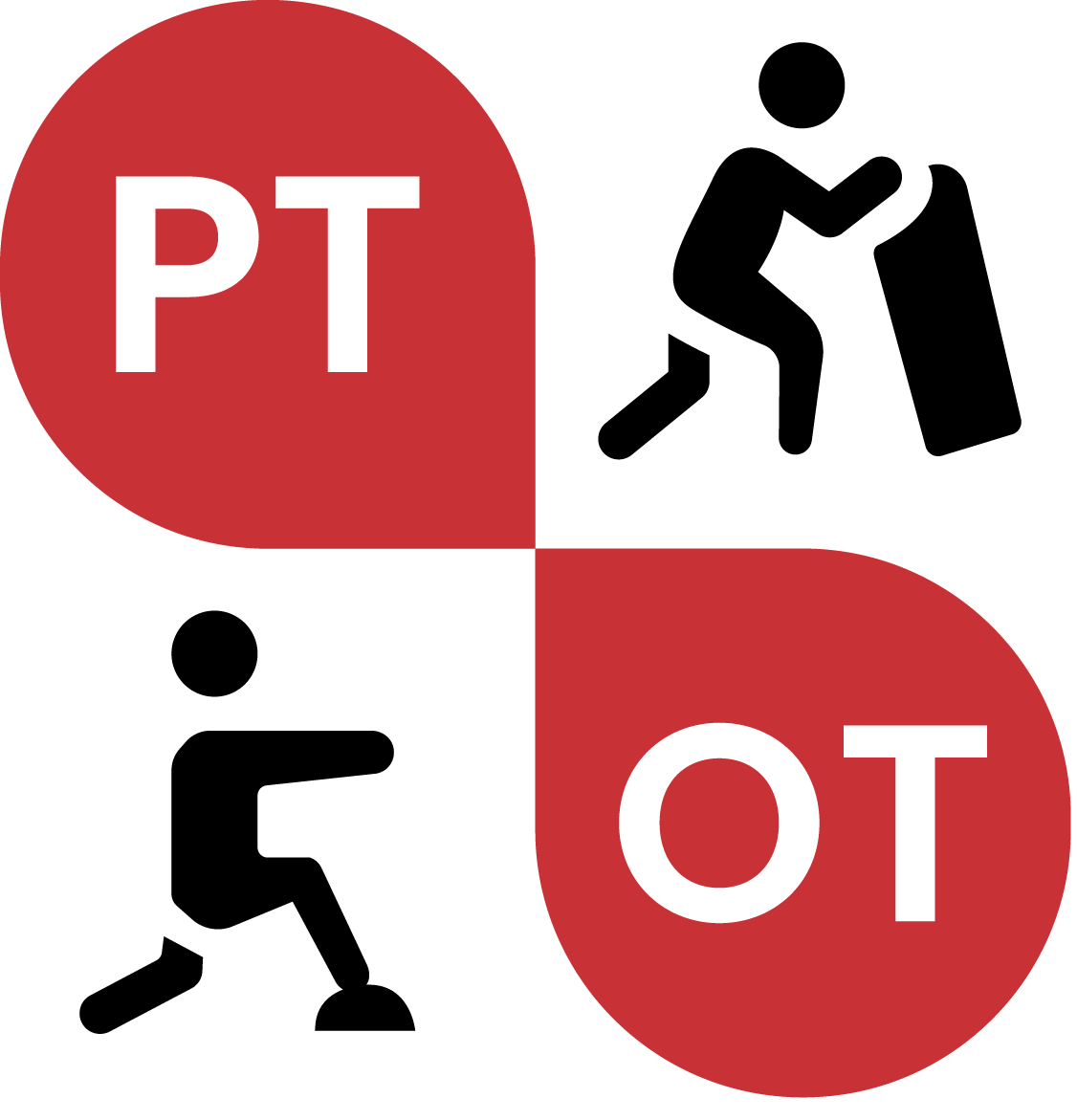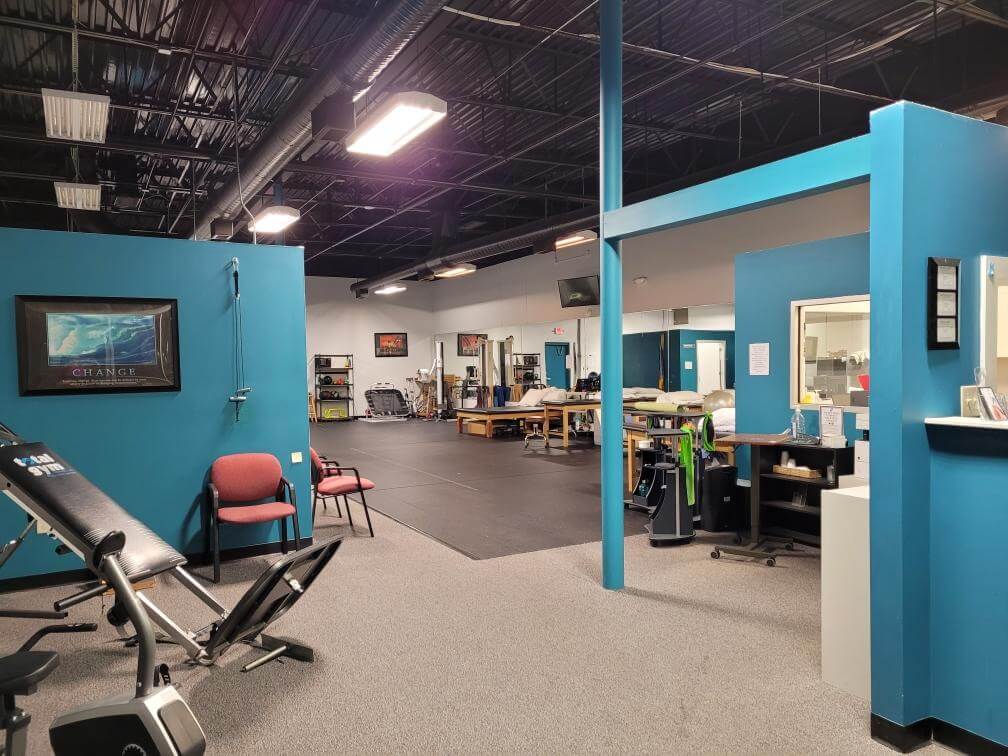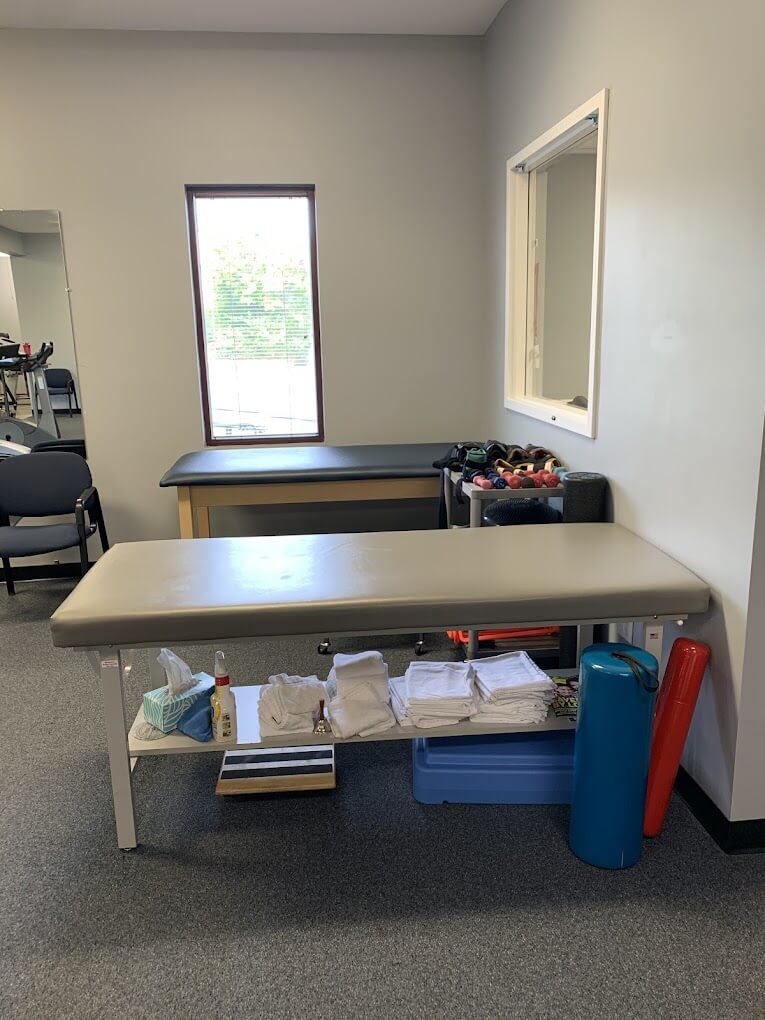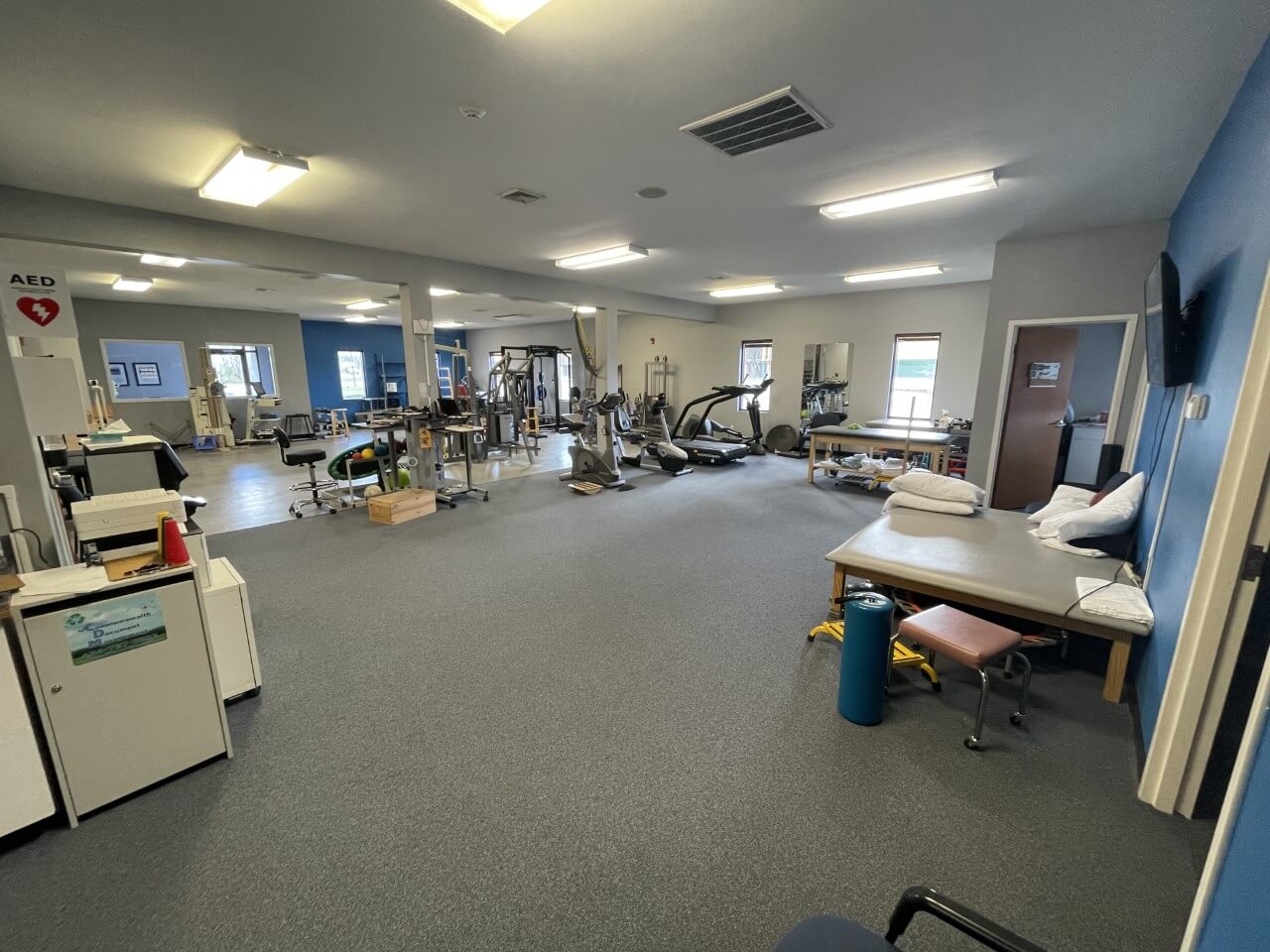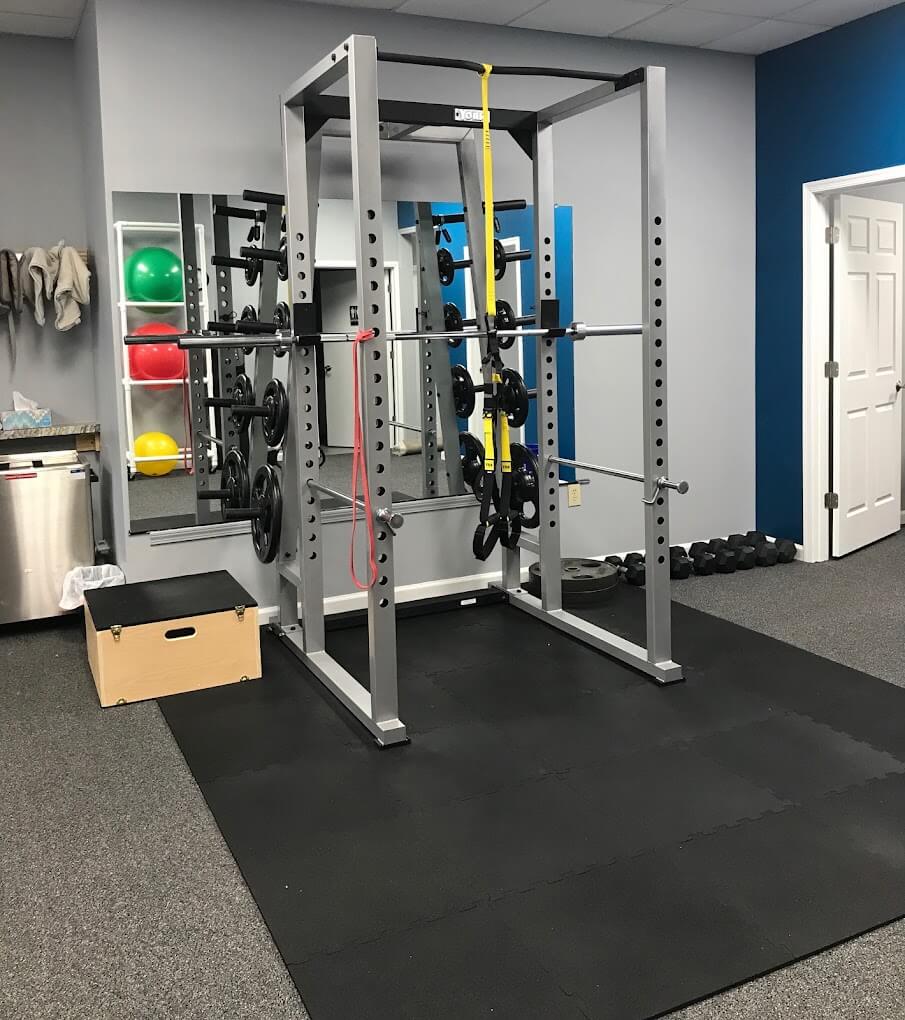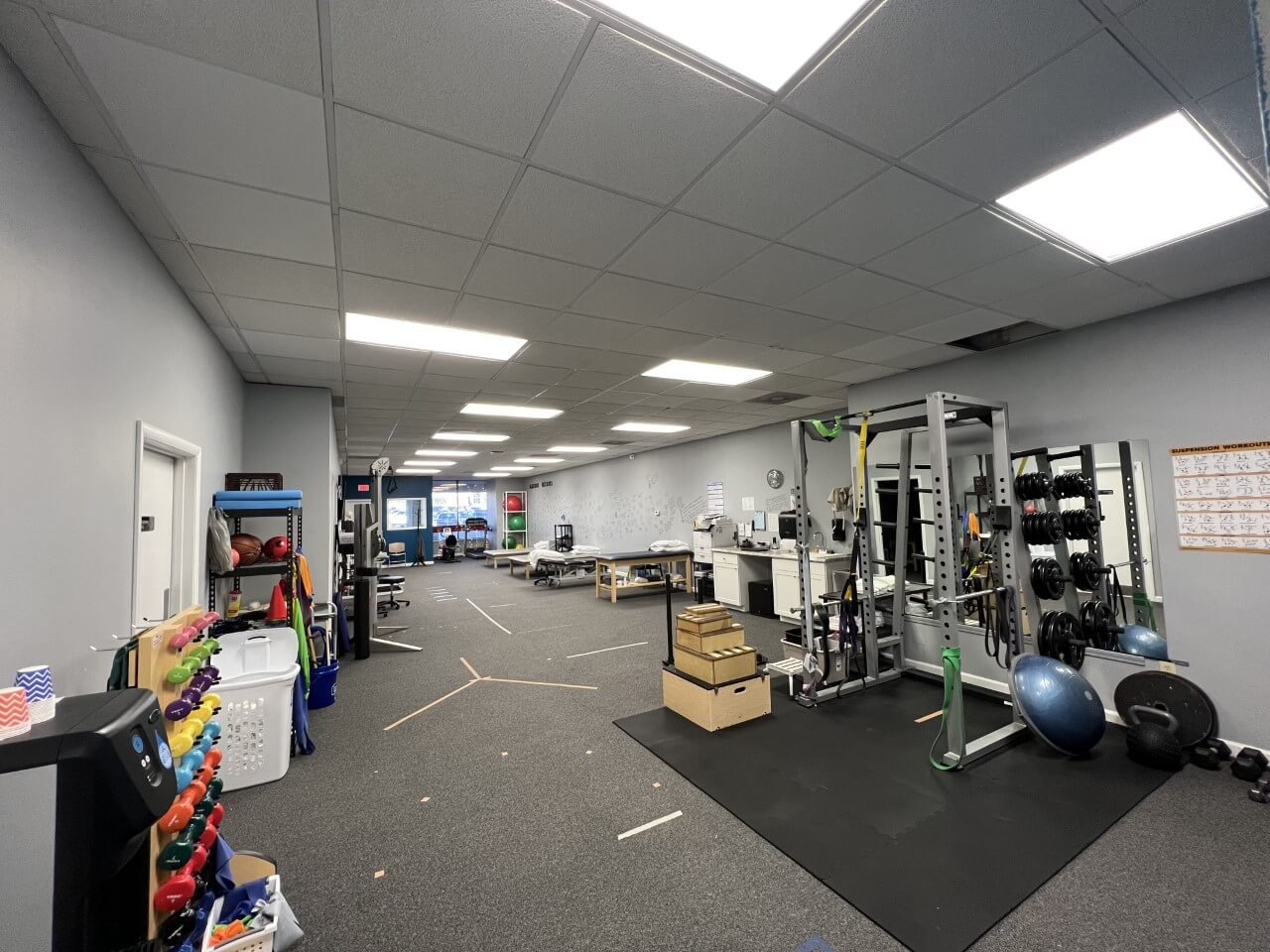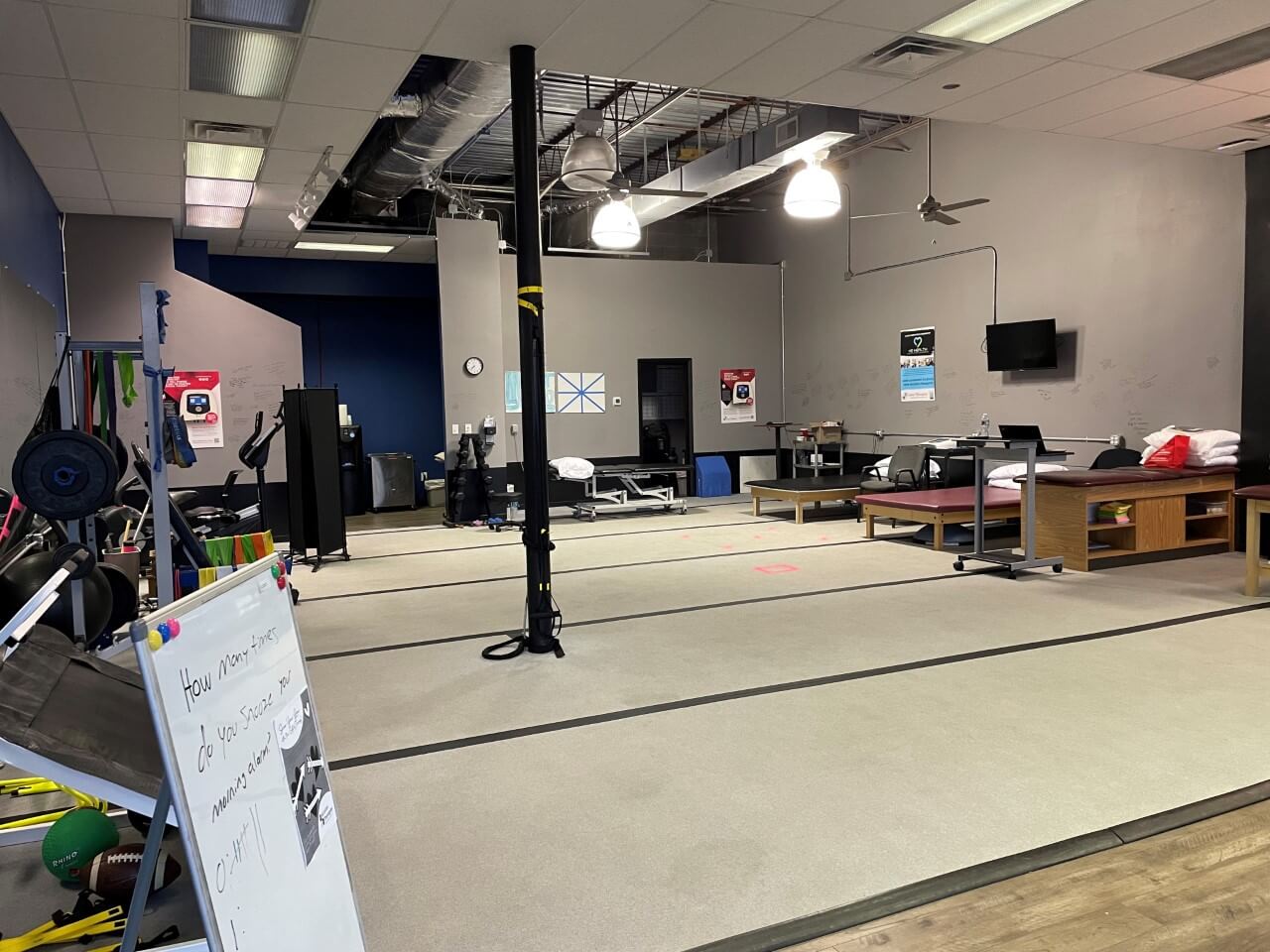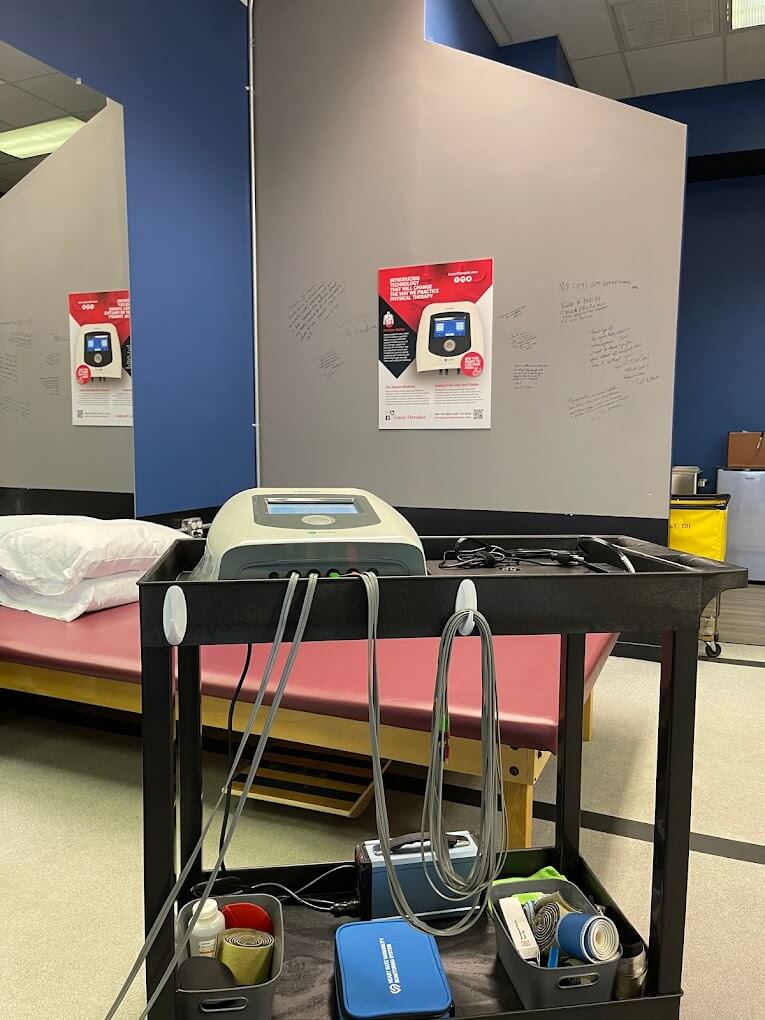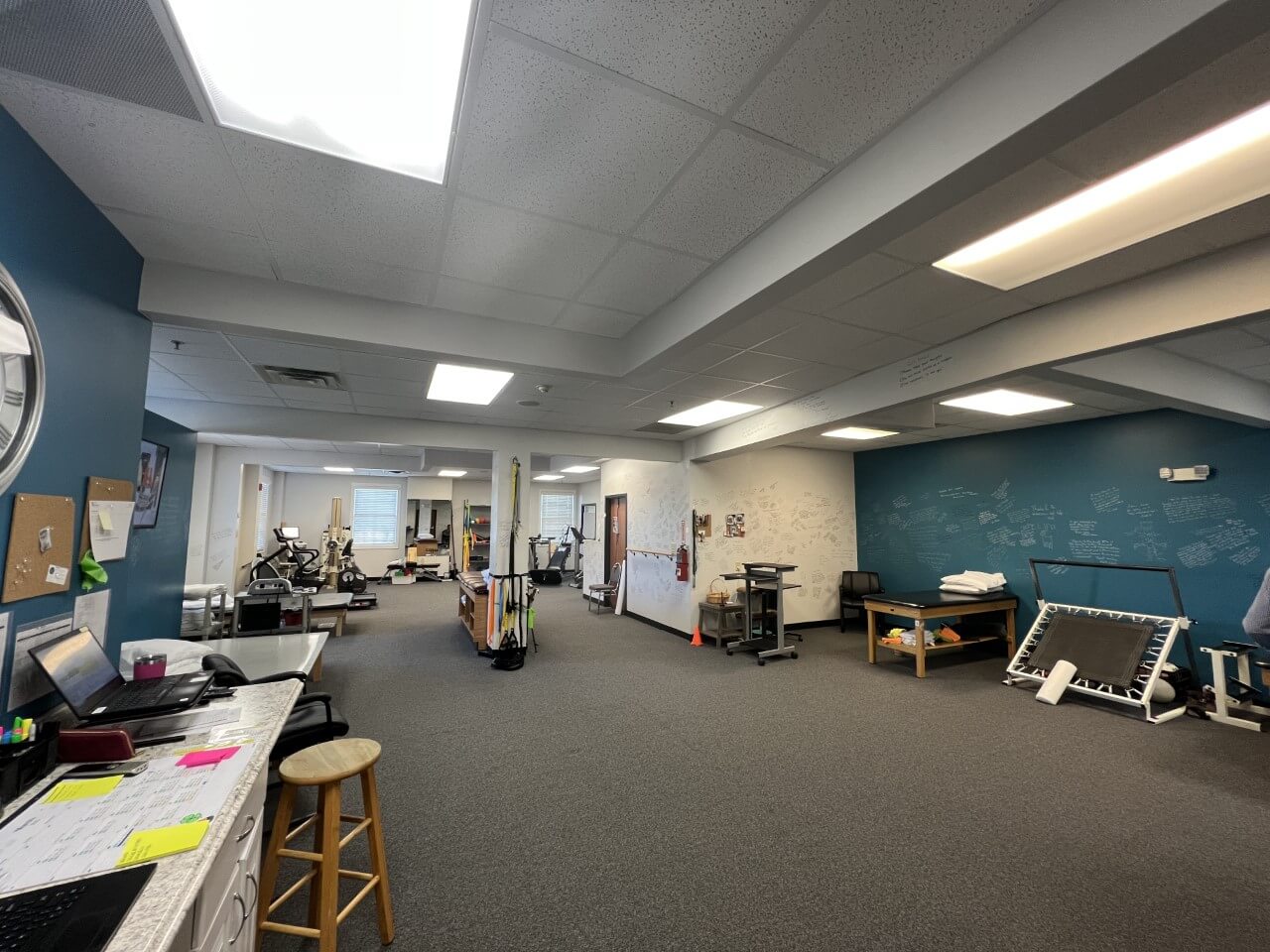Lucas Therapies
Lucas Therapies is one of the most diverse practices in Virginia. We offer specialties in outpatient orthopedics, aquatic therapy, sports, fitness services, and industrial medicine. Additionally, we have a mobile clinic providing services up to 150+ miles away. As part of the H2 Health Family, we are connected with therapy teams across the country. With sister locations across Virginia, we are confident our team is able to relieve your pain and treat your diagnosis! Learn more about our locations and treatment options.

Our Locations

North Roanoke
7226 B Williamson Road
Roanoke, VA 24019

Knotbreak
109 Knotbreak Road
Salem, VA 24019
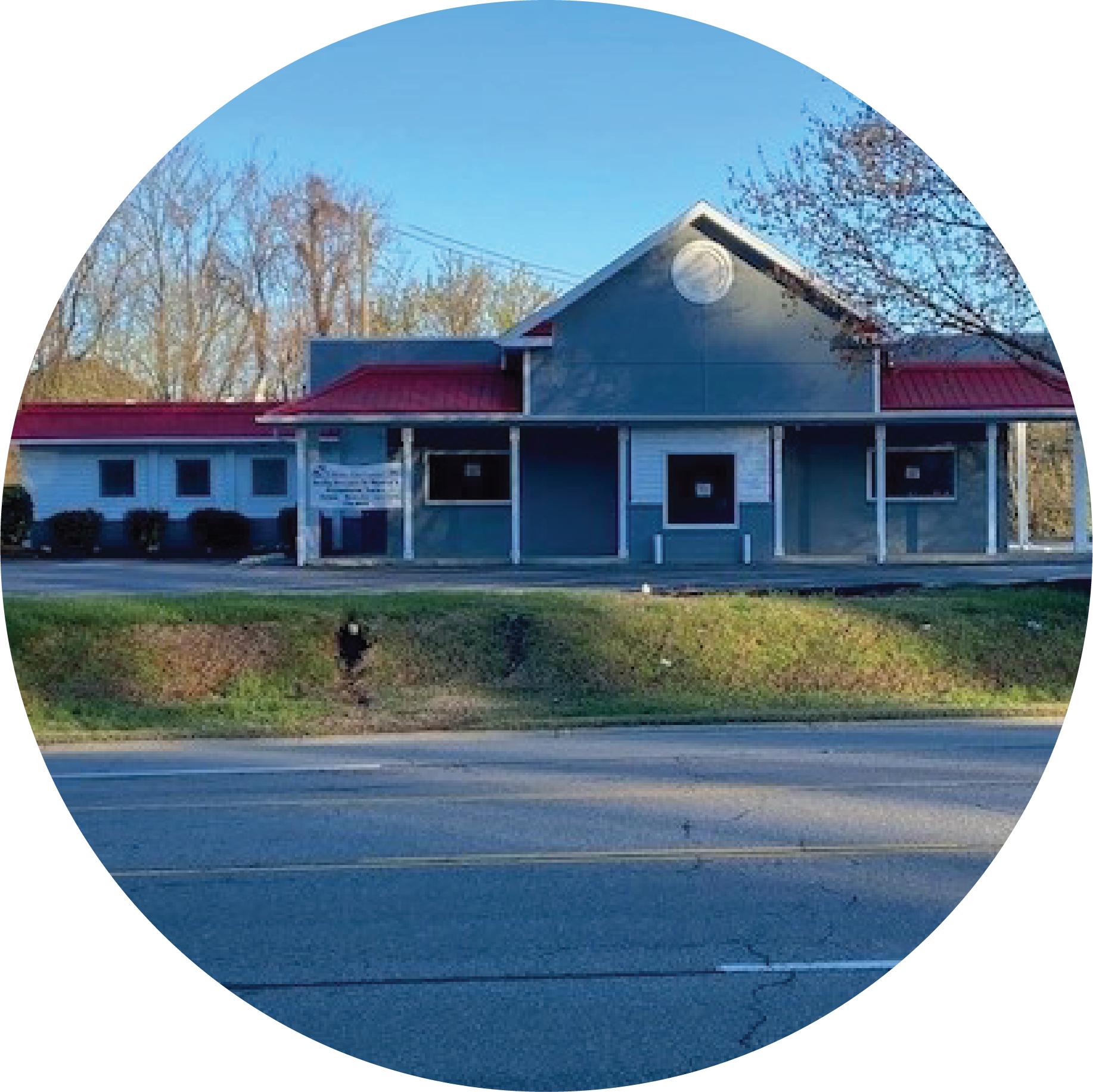
Brambleton Ave
4325 Brambleton Ave, Ste A
Roanoke, VA 24018
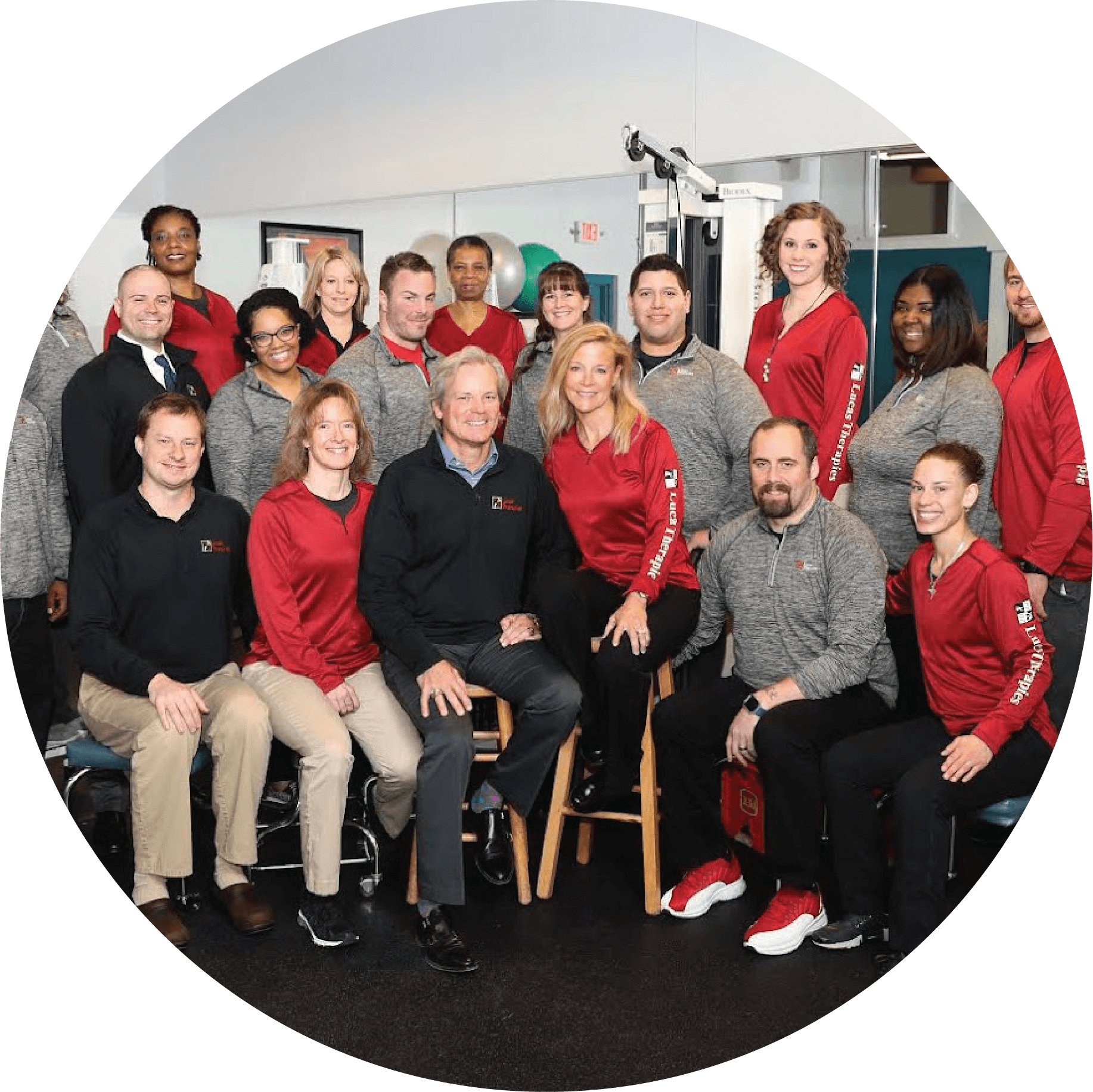
Roanoke City
512A McDowell Ave NE
Roanoke, VA 24106
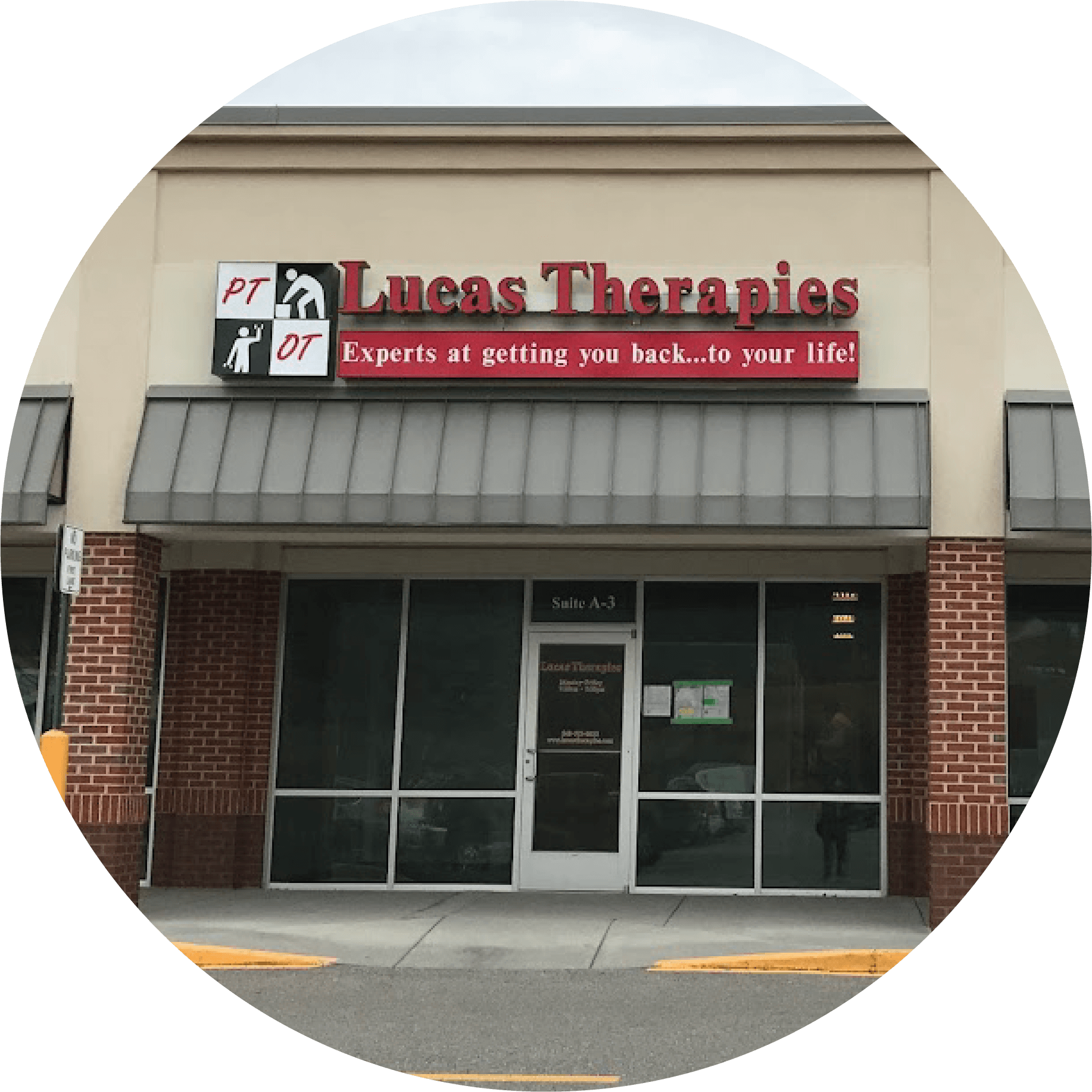
Bonsack
3960 Valley Gateway Blvd, Ste A-3
Roanoke, VA 24012
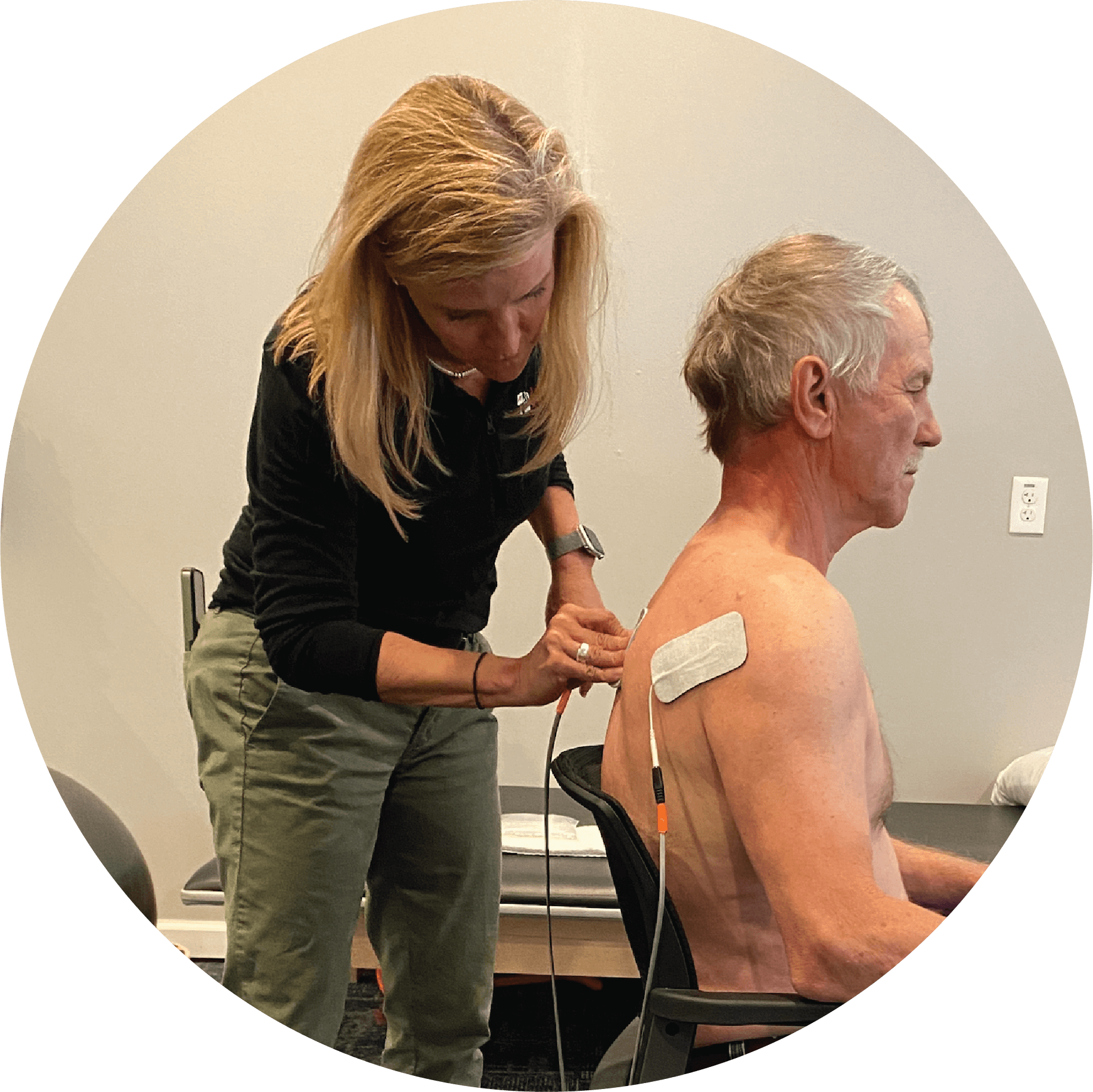
Ridgewood
1967 Electric Road, Ste 10
Salem, VA 24153
Services
Relieve Any Pain with the Neufit Neubie
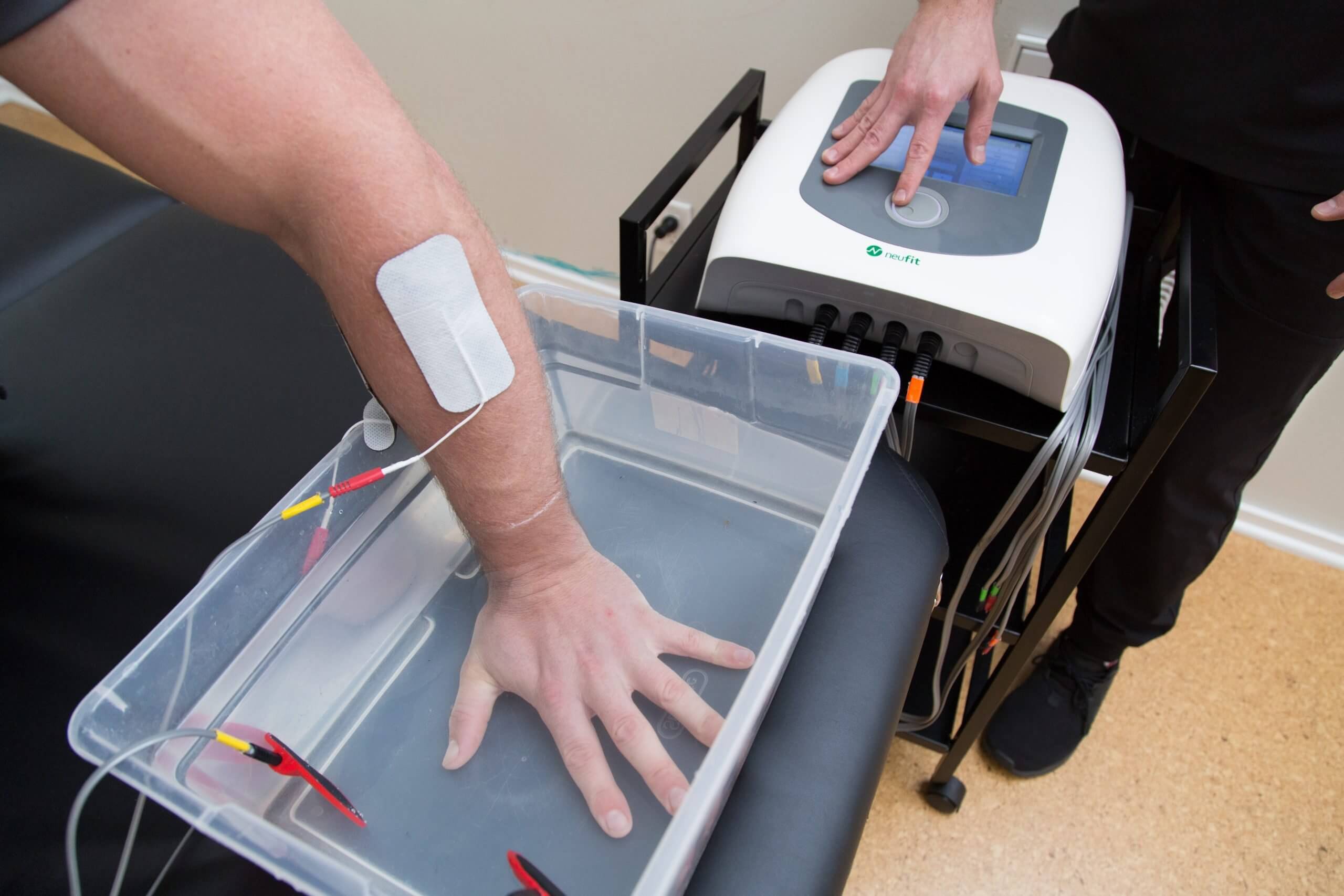
The Neubie helps to increase strength and sports performance, decreases pain, and increases the speed of recovery from injury. Recovery times are drastically reduced compared to normal treatment methods. Most patients see results within 2-4 sessions instead of 10-12!
As Southwest Virginia’s premier Physical Therapy Practice, we are currently the only facility in Virginia offering the Neubie Treatment System.
Target the Source
This technology works unlike any traditional therapy in that it targets the source of the problem. On the first visit we will be able to identify 1 or more problem areas and within 2-4 treatments you will see measurable change. It is not 2-6 weeks of treatment to expect change like traditional therapy
Perform Better
Neubie helps program your nervous system to perform better. As your bandwidth speeds increase, so too will your strength, speed and precision of movement. One training session works your muscles as much as several traditional gym workouts and allows you to gain strength faster and hurdle over plateaus.
Reduce Pain and Heal Faster
Because this technology directly targets the neuromuscular pathways of pain and
dysfunction, most people see significant change in pain and function at the first visit with long term carry over because we have turned off the inhibitors of normal function that signal the pain and dysfunction
